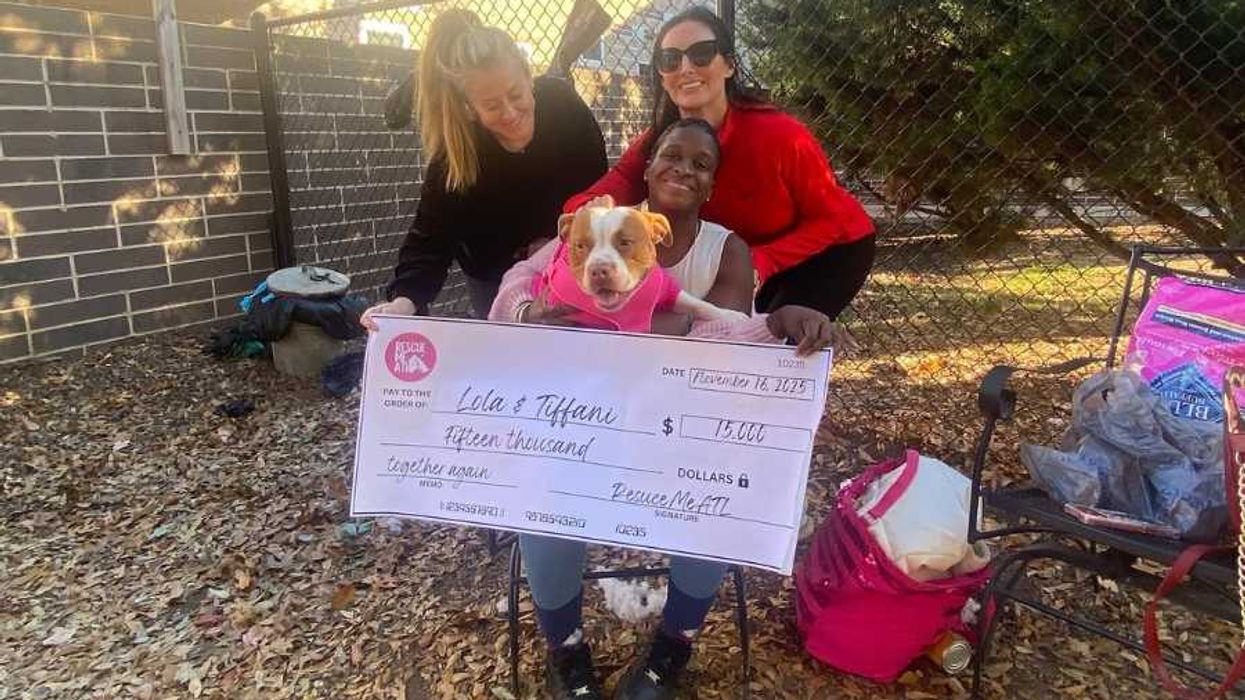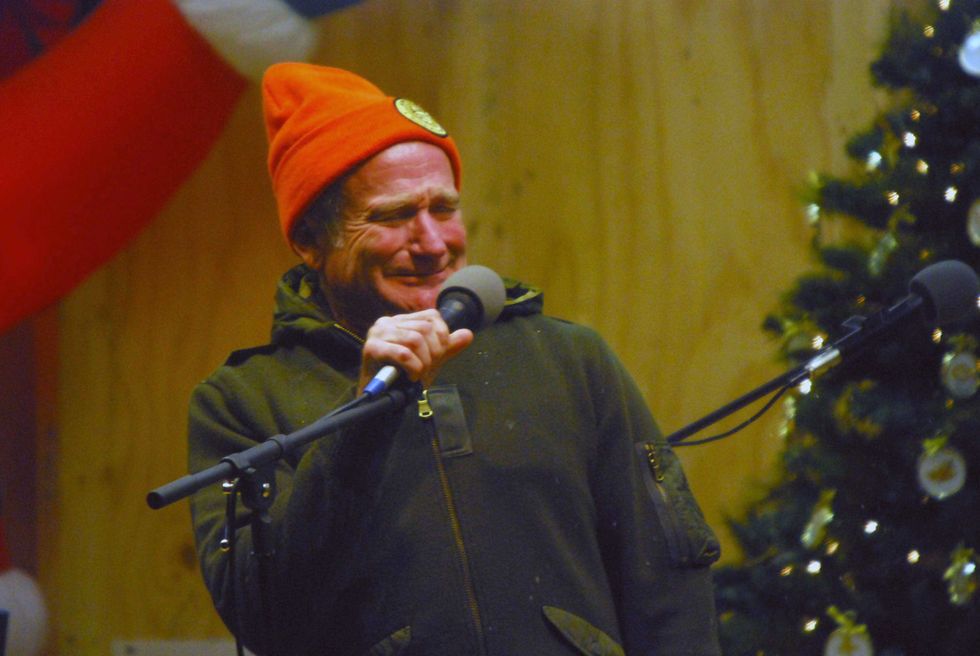Last month, when the National Labor Relations Board ruled that “student assistants who perform work at the direction of their university for which they are compensated” are, in fact, “statutory employees,” it was a breakthrough victory for graduate student employees at private universities, who now have the right to unionize and collectively bargain. But the board’s decision affording these rights to graduate assistants at Columbia University also excited another group of college students: athletes.
“The first thing I thought was, ‘Oh shit,’” Kirsten Hextrum, a former national champion rower for the University of California, Berkeley, tells GOOD. “‘This is huge.’”
Hextrum, who currently is pursuing a Ph.D at Berkeley’s Graduate School of Education, knows as well as anyone the problems with the NCAA’s current student-athlete system. She has worked in the school’s Athletic Study Center as a tutor and academic advisor, and has devoted her graduate research to institutional conflicts within the student-athlete experience. She also has been a teaching assistant. Hextrum says graduate student employees are a good analogy for scholarshipped athletes.
“It’s similar to high-level athletics in that it’s this all-consuming thing,” Hextrum says. Both types of students take on required time-intensive work, to the university’s financial benefit, in order to attend school. The main difference, she says, is the level of institutional support. “I didn’t have an HR department as a student-athlete. There isn’t an infrastructure around that.“
Until August’s NLRB ruling, that infrastructure didn’t exist for graduate students at private universities either, leaving teaching and research assistants susceptible to unfair pay, inadequate healthcare, and other non-negotiable problems. The labor board had previously ruled in 2004 that graduate students can’t be considered employees because they “have a primarily educational, not economic, relationship with their university.” Granting employee status would allegedly destroy the educational relationship.
That 2004 ruling, which rejected Brown University graduate students’ appeal to unionize, is the same legal basis used in arguments against student-athletes. When Northwestern University football players explored the idea of unionizing in 2014, the school used Brown’s definition of “employee” to argue that athletes on scholarship didn’t qualify. But the NLRB’s latest decision overrules that definition, arguing, “Statutory coverage is permitted by virtue of an employment relationship; it is not [blocked] by the existence of some other, additional relationship that the Act does not reach.”
In other words, the definition of “employee” presented in that “Act”—The Fair Labor Standards Act—is prevailing. Those who perform services for universities, under contract, in return for payment—regardless of whether they’re also receiving an education—are finally earning their legal rights. And after graduate students, the next logical benefactors are student-athletes, who also sign contracts (letters of intent) to perform services (sports) in exchange for payment (scholarships and stipends).
“I think that the recent Columbia decision puts the Northwestern issue back in play if the case is brought by Northwestern again, or another private college or university,” Adam Epstein, a sports law professor at Central Michigan University, told GOOD. Last year the NLRB declined to assert jurisdiction in the Northwestern case.
Collective bargaining potentially opens up possibilities around several athlete-related issues, such as practice time, health care, and, yes, compensation. It also could stop schools from depriving educational opportunity to student-athletes.
“Football affected my grades more than being a teaching assistant,” Torin Dupper, who walked onto Northwestern’s team in 2010 and 2011, tells GOOD. Dupper, who currently is working on a chemistry Ph.D at the University of California, Irvine, wasn’t at Northwestern on an athletic scholarship but still experienced the requirements and difficulty in balance associated with intercollegiate athletics. “That’s because I cared about it more, but it was about the same time [commitment].”
Similar to how teaching assistants face pressure to work outside compensated “work hours”—for example, grading student papers—Dupper says that at Northwestern, football sometimes demanded an uncomfortable amount of time, including practices and training sessions that players knew weren’t mandatory, but they couldn’t miss. “We called them ‘optionory.’”
Kyle Roskamp, another chemistry Ph.D. candidate at UC Irvine, who played football for Pomona-Pitzer, tells GOOD that “playing sports [as an undergraduate] was easily more time consuming” than TA’ing as a graduate student, although “having the opportunity to play never felt like a burden.” But even at the Division III level, Roskamp says, football “almost effectively killed any chances of doing research in the fall.”
Student-athletes-turned-graduate-students remain a privileged minority, and these constraints on academic access and success are just one part of the amateurism problem. The point is useful in this context. In determining the legal status of student employees, the NLRB has stopped arguing that campus labor inherently boosts a student’s educational experience. In turn, we should treat that labor like normal work.
Hextrum believes the time is ripe. “This movement keeps continuing for student-athletes to unionize, which it should,” she says. “And I think they will.”

















 Robin Williams performs for military men and women as part of a United Service Organization (USO) show on board Camp Phoenix in December 2007
Robin Williams performs for military men and women as part of a United Service Organization (USO) show on board Camp Phoenix in December 2007 Gif of Robin Williams via
Gif of Robin Williams via 
 People on a beautiful hike.Photo credit:
People on a beautiful hike.Photo credit:  A healthy senior couple.Photo credit:
A healthy senior couple.Photo credit:  A diverse group of friends together.Photo credit:
A diverse group of friends together.Photo credit:  A doctor connects with a young boy.
A doctor connects with a young boy.  Self talk in front of the mirror.Photo credit:
Self talk in front of the mirror.Photo credit:  Lightbulb of ideas.Photo credit
Lightbulb of ideas.Photo credit 

 Superstructure of the Kola Superdeep Borehole, 2007
Superstructure of the Kola Superdeep Borehole, 2007 

